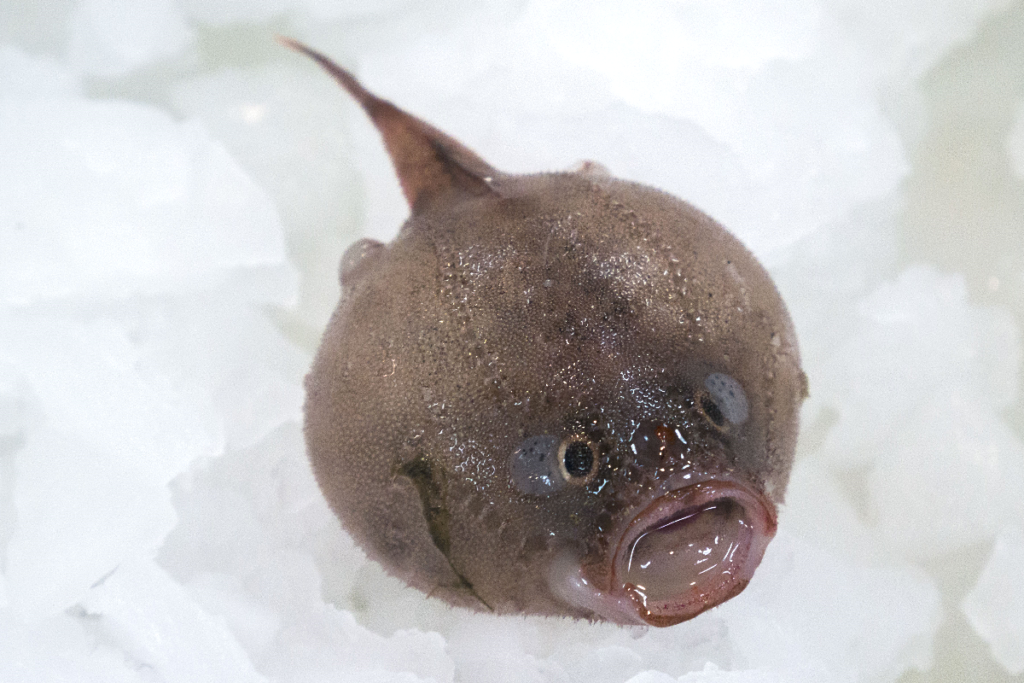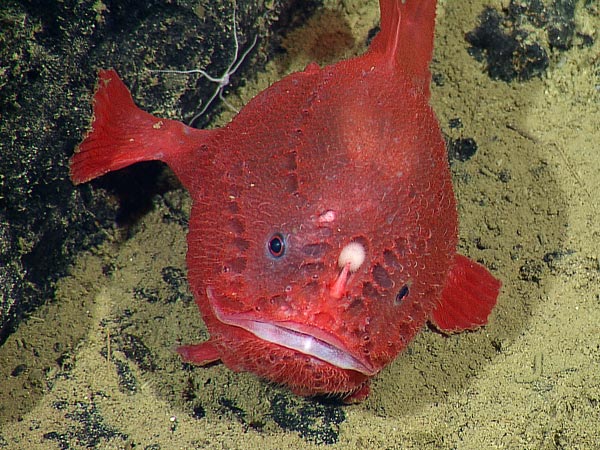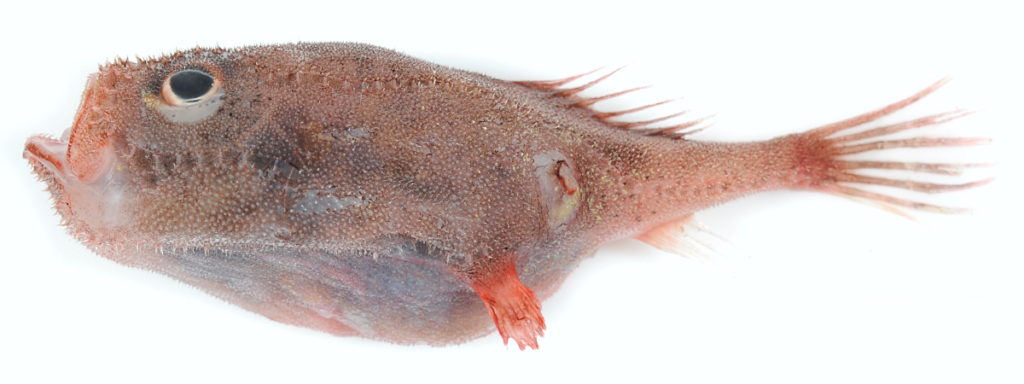Coffinfish: A Peculiar Deep-Sea Creature with Remarkable Breath-Holding Abilities
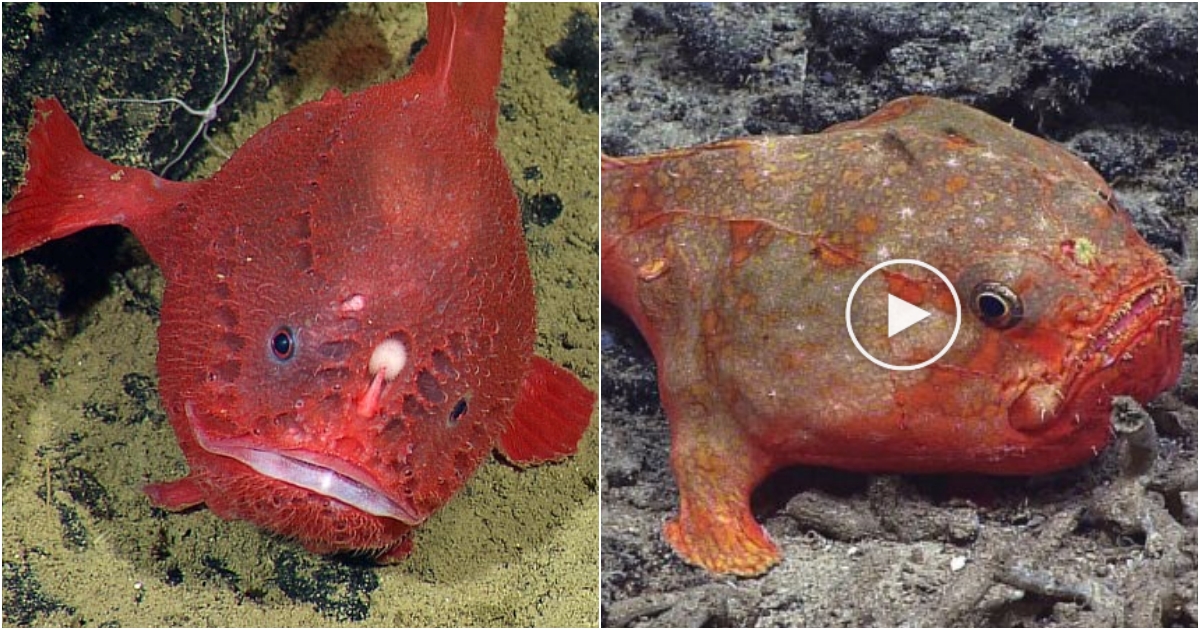
The Coffinfish, also known as the Anglerfish, is a peculiar deep-sea fish species that possesses the remarkable ability to hold its breath for up to 4 minutes. It thrives in the depths of the ocean, exhibiting unique body features that aid its growth and development in the harsh underwater environment.
Scientists believe that this deep-sea creature, sometimes referred to as a sea toad, is capable of “walking” along the ocean floor with the assistance of its specialized fins. However, a recent study has revealed an additional astonishing characteristic of this extraordinary fish—a large swim bladder that allows its body to expand underwater, enabling it to store more oxygen and prolong its breath-holding ability. This peculiar feature in Coffinfish is believed to be an energy-saving adaptation to cope with scarce food resources in its environment.
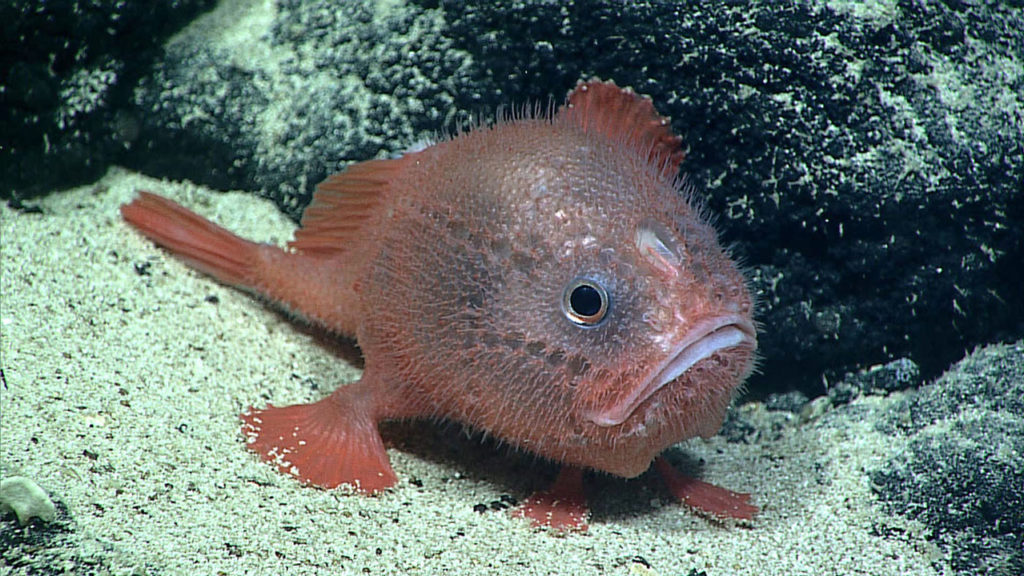
“It’s truly remarkable – it’s a distinctive trait that no other fish can do,” says Stacy Farina, a biology professor at Howard University. Research on the adaptability of deep-sea creatures provides scientists with valuable insights into their evolution and how they adapt to harsh environmental conditions. More than 20 species of anglerfish, also known as monkfish, have been discovered at depths of up to 8,200 feet (about 2.5 kilometers) around the world.
“They have the features that fully adapt and suit them to become true deep-sea creatures. But they hardly ever swim, perhaps due to laziness,” explains co-author Nick Long, a student at Dickinson College in Pennsylvania. Farina and Long conducted their research by studying videos documenting the behavior of Coffinfish, archived at the Museum of Comparative Zoology at Harvard University, where Farina conducts her research as a graduate student. They also reviewed footage of Coffinfish captured by the unmanned aircraft Okeanos Explorer of the National Oceanic and Atmospheric Administration.
The findings of the study, published in the journal Fish Biology, revealed that the Coffinfish’s large swim bladder can increase its body volume by up to 30 percent. In human terms, this would be equivalent to doubling the size of your lungs, according to Farina. The research team was particularly intrigued by the Coffinfish’s ability to hold its breath for such extended periods, a trait documented entirely in the videos. This characteristic typically appears in animals that respire through lungs, although occasional breath-holding can also be observed in smooth-skinned fish under oxygen-deprived conditions, she adds.
Scientists have speculated whether the inflation of the body serves as a means for Coffinfish to conserve energy and retain its last breath. Although Coffinfish will eat anything that fits in its mouth, from fish to octopuses and marine worms, the availability of food sources is not always guaranteed. John Carus, a senior professor at Tulane University who was not involved in the study, expressed his concern that the Coffinfish appearing in the breath-holding scenes might be experiencing discomfort due to the intense light emitted by the unmanned aircraft. He believes that further observation is necessary to determine whether body inflation is a normal respiratory activity in Coffinfish.
Aside from energy conservation, the inflation of the body could be considered a legitimate self-defense mechanism against predators, according to Hsuan-Ching Ho, an associate professor at the Institute of Marine Biology at Dong Hwa University in Taiwan, who described three species of Coffinfish in 2016.
However, Ho’s assertion is not entirely convincing. Under normal conditions, Coffinfish typically swallows a large amount of water to maintain its inflated body shape. Yet, this cannot be sustained if the Coffinfish is attacked or bitten, resulting in seawater leaking out.
Nonetheless, Caruso points out that the self-defense mechanism is also a plausible hypothesis, akin to the beliefs of the Vikings.
In conclusion, the Coffinfish, with its peculiar body features and exceptional breath-holding ability, continues to fascinate researchers and deepen our understanding of the adaptations of deep-sea creatures to their challenging environments. Further studies are required to unravel the mysteries surrounding this extraordinary fish and shed light on its survival strategies in the depths of the ocean.
